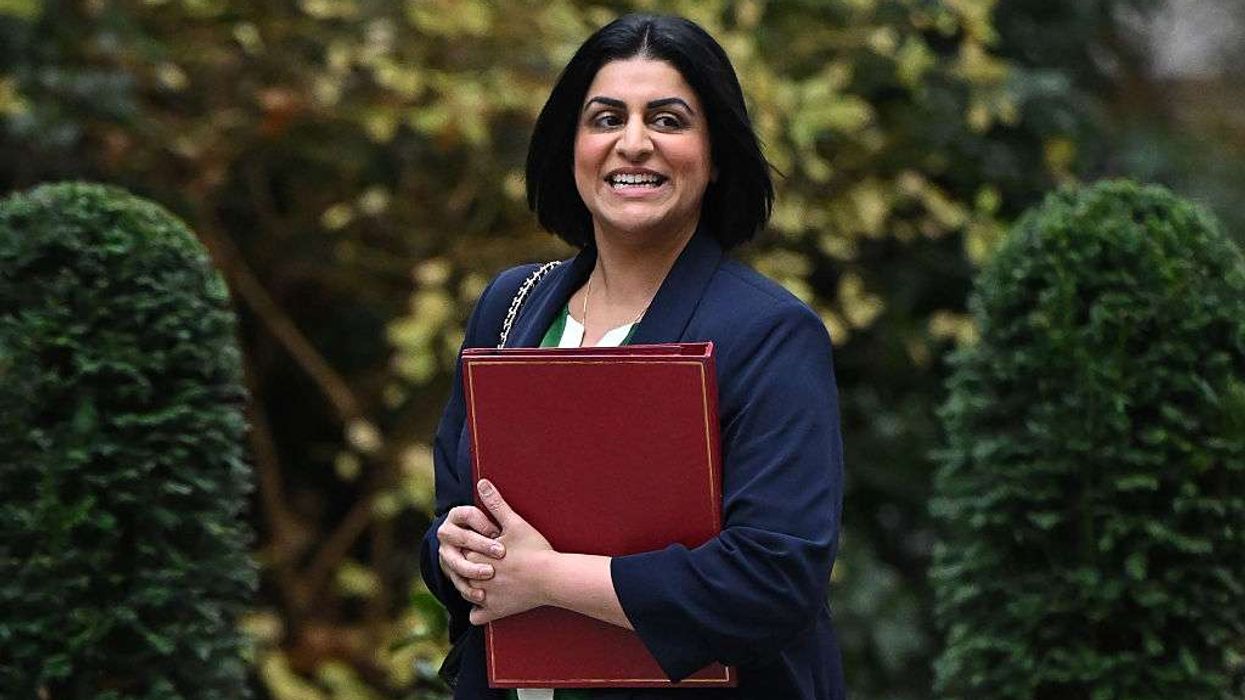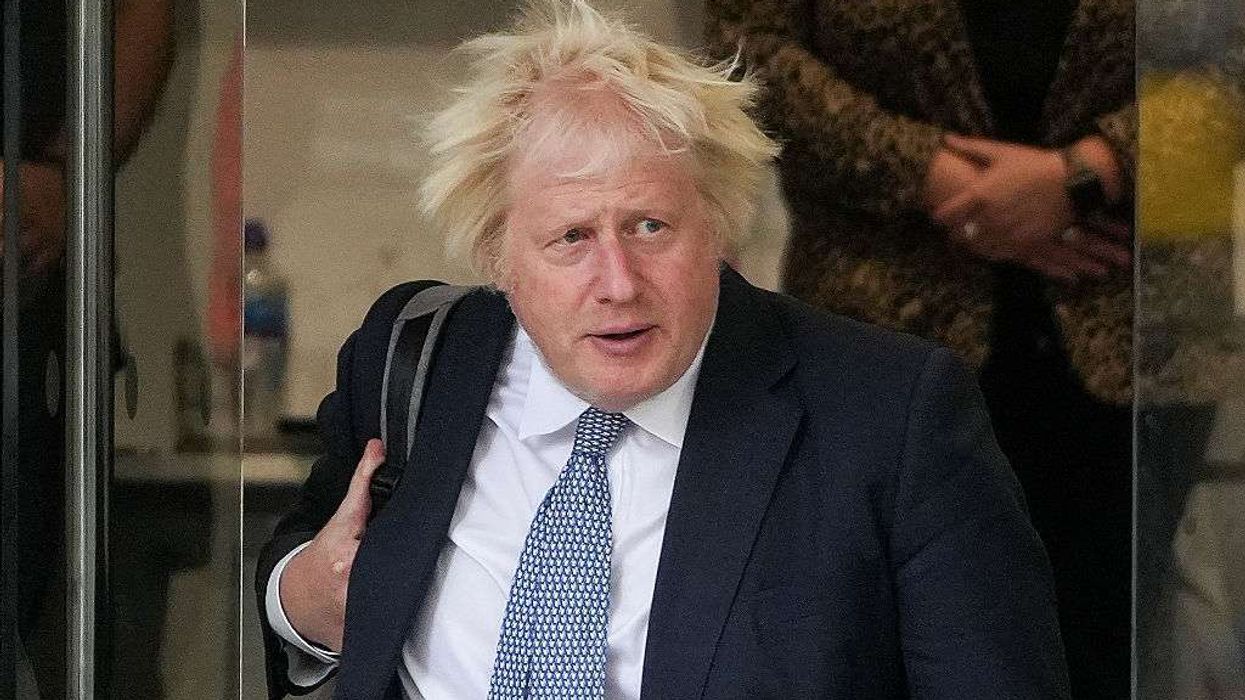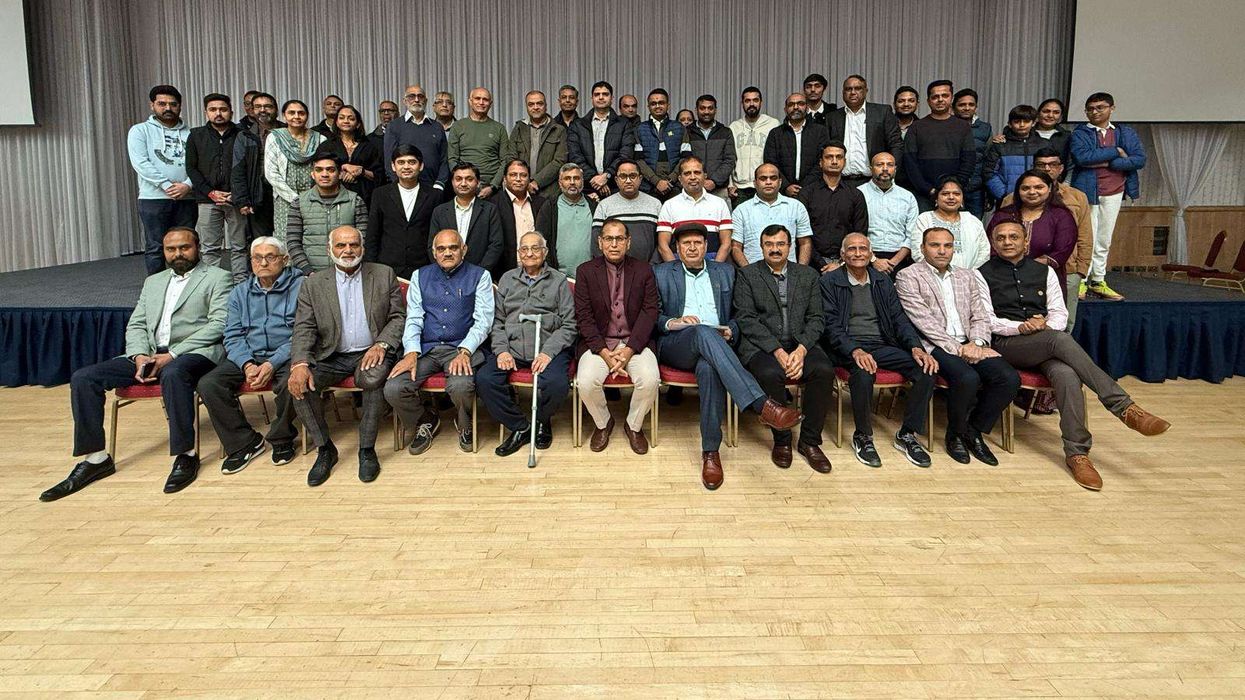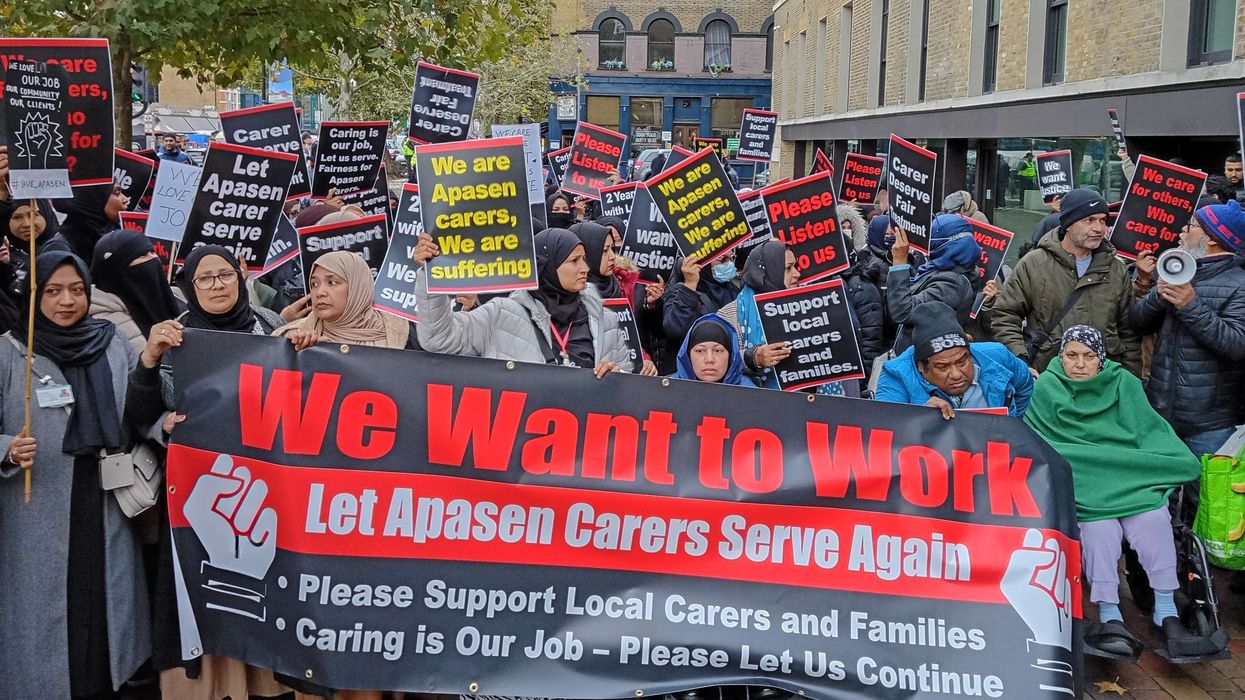ETHIOPIA's Tigst Assefa set a new women's only world record of 2hr 15min 50sec to win the London Marathon on Sunday. Kenya's Sebastien Sawe won the men's race, defeating a strong field.
Assefa, 28, won the title after finishing runner-up in London and at the Paris Olympics last year. Her rival, Sifan Hassan of the Netherlands, who was born in Ethiopia, finished third.
Assefa moved ahead of Kenya's Joyciline Jepkosgei as the race entered its final stages. She finished almost three minutes ahead of Jepkosgei, with Hassan well behind in third.
"I was second last year so to win here this year is very special," Assefa told the BBC through an interpreter.
"Last year I had trouble with the cold weather and my hamstring tightened up. This year suited me much more and found it a lot easier."
In the men's race, Sawe broke away at a drinks station after 90 minutes and won in 2hr 02min 27sec. It was Kenya's fourth successive men's victory in London.
Sawe, 29, who also won the Valencia Marathon last December, finished ahead of Uganda's world half marathon record holder Jacob Kiplimo.
Defending champion Alexander Mutiso Munyao edged Abdi Nageeye for third in a photo finish. Four-time champion Eliud Kipchoge finished sixth. Britain's Olympic triathlon champion Alex Yee finished 14th in his marathon debut.
"I am very happy to have won a major marathon," said Sawe.
"I was well prepared for this that is why I was so relaxed and confident. Now this gives me hope that further success in marathons will come."
In the wheelchair category, Switzerland's Marcel Hug and Catherine Debrunner won the men's and women's races respectively.
For Hug, 39, it was his seventh London Marathon win and his fifth in a row. For Debrunner, 30, it was her second consecutive title and third overall.
The event also saw many runners taking part to raise money for charity or to honour personal losses.
The London Marathon is the world's biggest single-day fundraising event, with over £1.3 billion ($1.72 billion) raised for charity since 1981.
The fathers of Alice da Silva, 9, and Elsie Dot Stancombe, 7, two of the three young girls murdered last July in Southport, northern England, ran in memory of their daughters. They received a video message from prime minister Keir Starmer.
"Elsie was my best friend, she was perfect, it's like therapy, it's more than just a race," said David Stancombe. Alice's father, Sergio Aguiar, said: "I wanted to do something for her."
Isla Radcliffe, the 18-year-old daughter of three-time London winner Paula Radcliffe, made her marathon debut running for Children with Cancer UK. Isla was diagnosed with cancer aged 13.
The 45th edition of the race aimed to break the record for most competitors. Over 56,000 people were expected to take part, from elite athletes to fun runners, including Sarah Louise Haddock who was dressed as a fish.
The record for the most marathon finishers is 55,646, set at last year's New York Marathon. This month's Paris Marathon had 56,950 starters but fewer finishers.
(With inputs from agencies)







 (From left) Datuk (Sir) SK Lingam, Lord Tariq Ahmad, Tan Sri Sir Francis Yeoh Sock Ping, Mohiuddin Ghazali and Kalpesh Solanki
(From left) Datuk (Sir) SK Lingam, Lord Tariq Ahmad, Tan Sri Sir Francis Yeoh Sock Ping, Mohiuddin Ghazali and Kalpesh Solanki Tan Sri Sir Francis Yeoh with ASEAN Personality of the Year 2025 – Lifetime Achievement Award
Tan Sri Sir Francis Yeoh with ASEAN Personality of the Year 2025 – Lifetime Achievement Award Steve Reed MP, Tan Sri Sir Francis Yeoh and Kalpesh Solanki
Steve Reed MP, Tan Sri Sir Francis Yeoh and Kalpesh Solanki (From left) Kalpesh Solanki, Tan Sri Sir Francis Yeoh, Aditya Solanki and Jaimin Solanki
(From left) Kalpesh Solanki, Tan Sri Sir Francis Yeoh, Aditya Solanki and Jaimin Solanki






